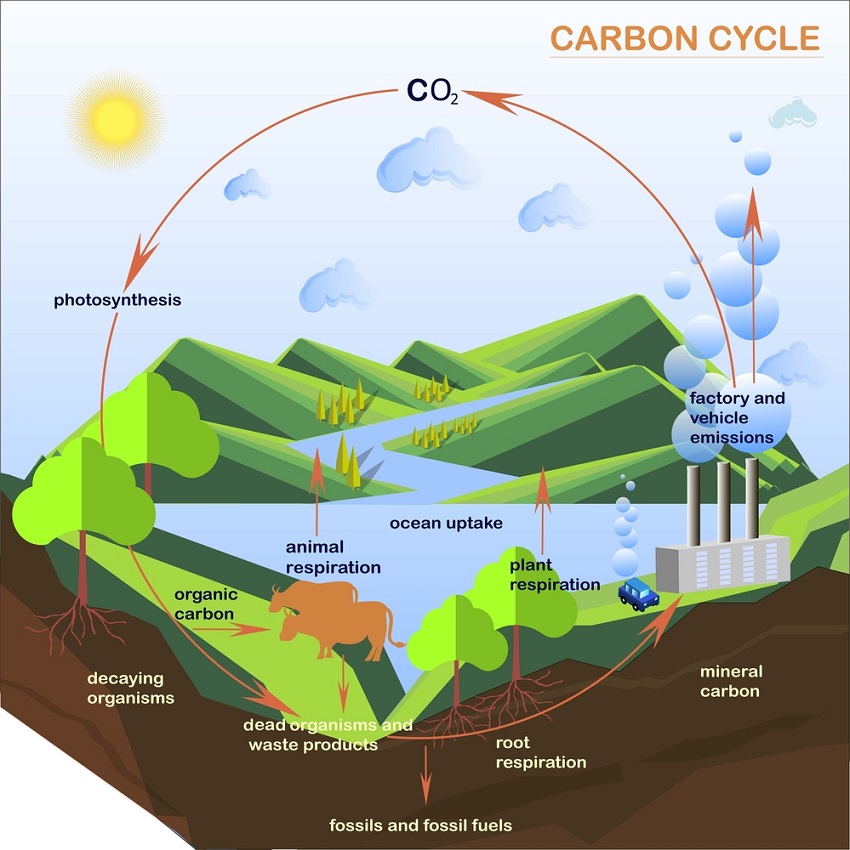Biodiversity & Environment
Mountain Streams Emits Carbon Dioxide
- 29 Oct 2019
- 4 min read
Recently the Scientists have reported the findings of the first large-scale study of the carbon dioxide emissions from mountain streams, and their role in global carbon fluxes.
- Although, mountains cover 25% of the Earth’s surface, but the streams make up just 5% of the global surface area of the fluvial networks.
- This research shows how important it is to include mountain streams in assessments of the global carbon cycle.
- So far, scientists had focused mainly on streams and rivers in low-altitude tropical and boreal regions.
- The scientists collected environmental data from the streams draining the world’s main mountain ranges.
- They specifically focused on their hydrologic and geomorphologic properties as well as the soil organic carbon content within the catchments.
- They used these data to develop a model to estimate the natural CO2 emissions from more than 1.8 million mountain streams worldwide.
Findings of the Study
- Researchers found that these streams have a higher average CO2 emission rate per square meter than streams at lower altitudes, due to the additional turbulence caused as water flows down the mountain slopes.
- They likely account for 10% to 30% of CO2 emissions from these networks.
- The gas exchange velocities across the air-water interface in mountain streams occurs 100 times faster than previously thought.
- The findings seem to indicate that the CO2 comes from geological sources, given that carbonate rock dominates geology in numerous regions around the world.
- These rocks were formed from "skeletal" components of marine microorganisms that lived millions of years ago when Earth was largely covered by oceans.
Importance
- It is known for a number of years that freshwater ecosystems emit roughly the same amount of CO2 that the oceans absorb, but the studies were never done on the role of the mountain streams for the global CO2 fluxes.
- The latest findings will open up new research avenues, that will help to better understand where all that CO2 comes from and how a more accurate assessments of the global carbon cycle can be made.
- The findings mark an important step forward but numerous uncertainties still persist.
- It will require long-term monitoring of carbon fluxes in mountain streams to understand how climate change affects their biogeochemistry.
Global Carbon Cycle
- It refers to the exchanges of carbon within and between four major reservoirs: the atmosphere, the oceans, land, and fossil fuels.
- Carbon may be transferred from one reservoir to another in seconds (e.g., the fixation of atmospheric CO2 into sugar through photosynthesis) or over millennia (e.g., the accumulation of fossil carbon (coal, oil, gas) through deposition of organic matter.







